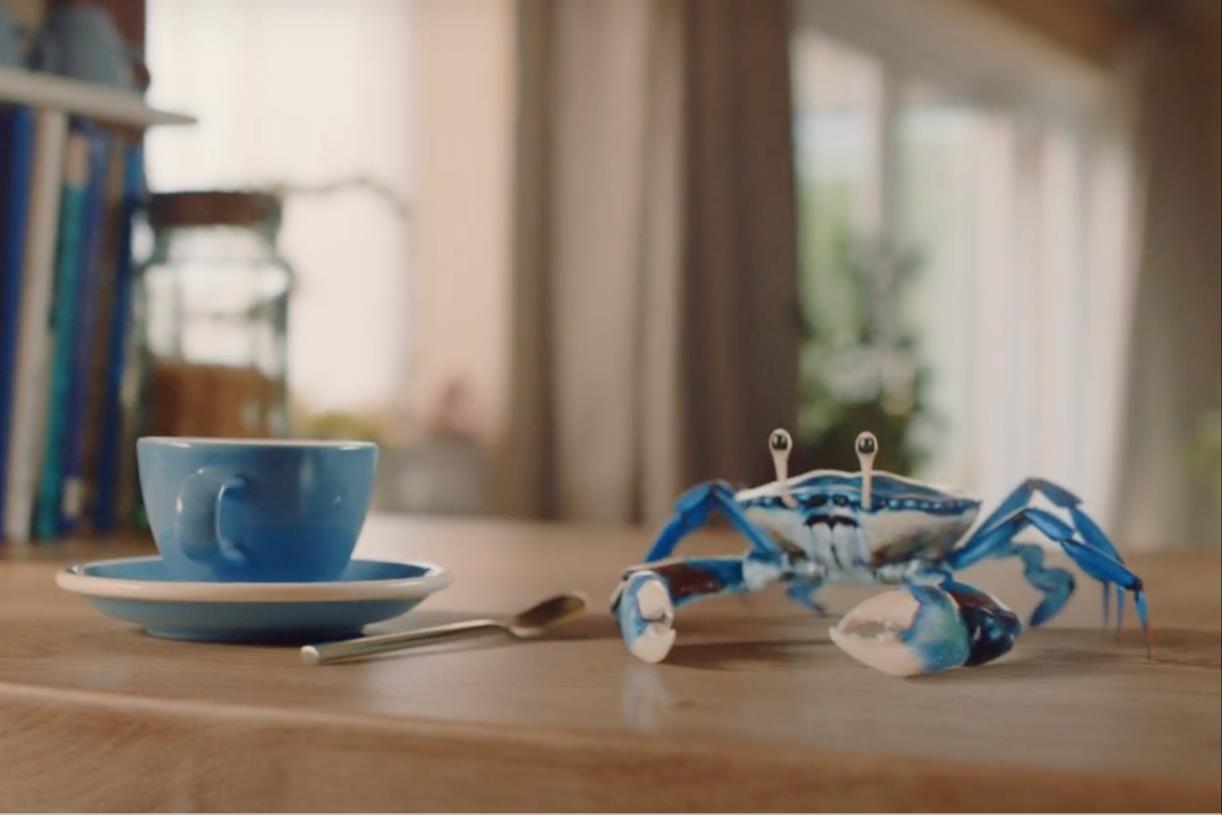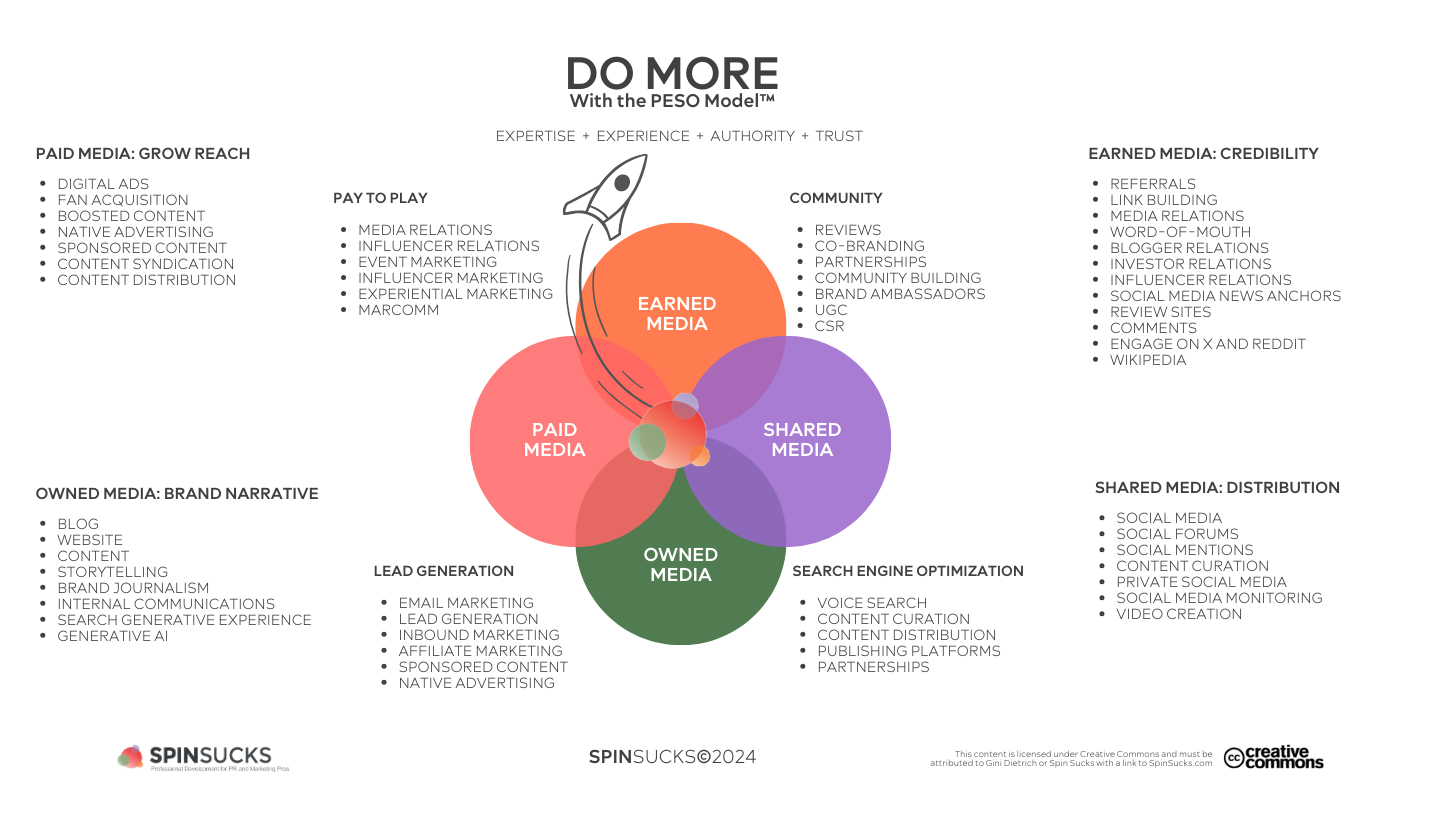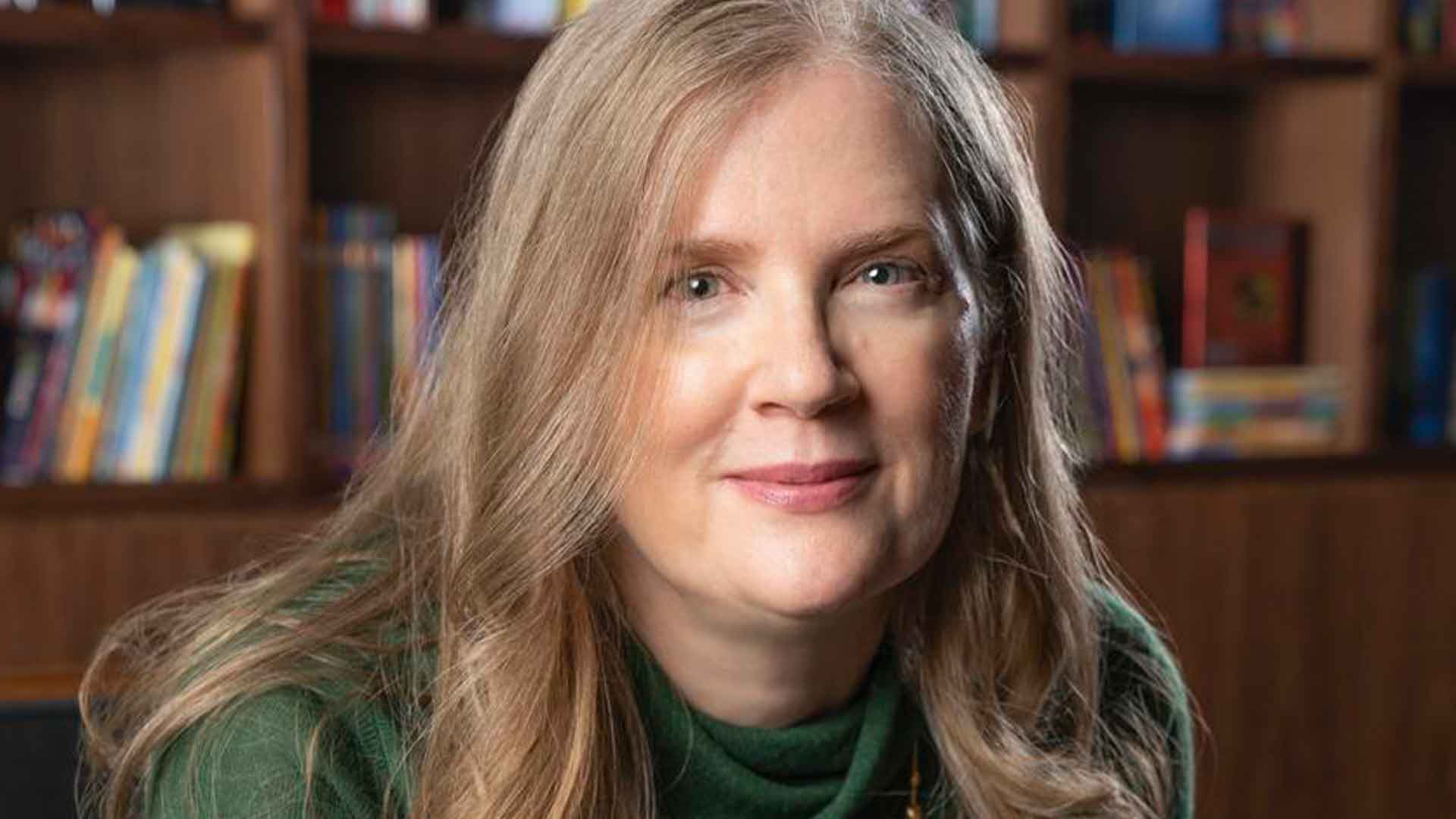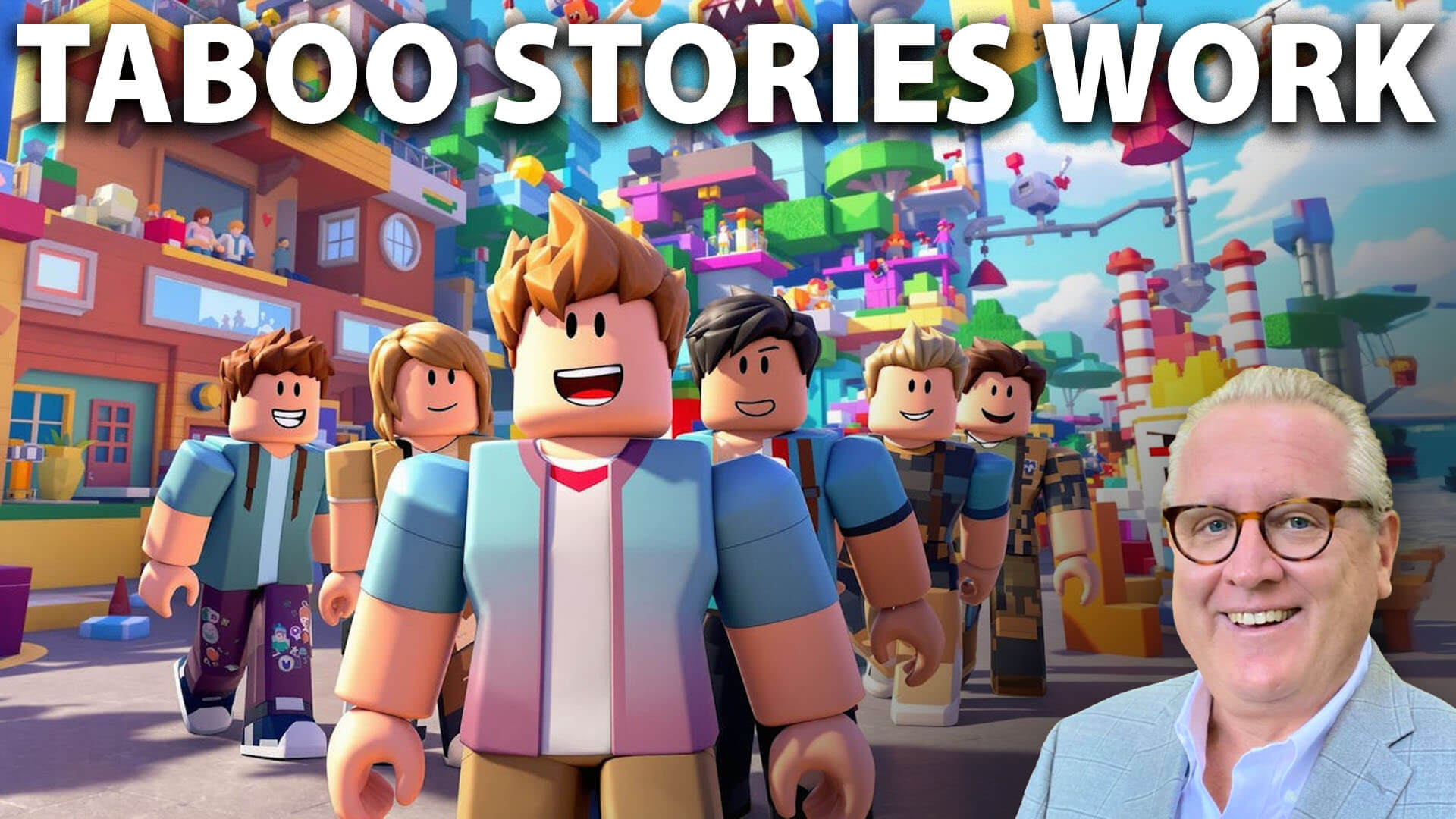Demystifying Miscreant Memories and Crafting a More Authentic Narrative
Memoirists owe it to readers to tell them the truth. But what do you do when the truth isn’t black and white?


Today’s post is by freelance writer and editor Brittany Foster.
Ask me what I ate for breakfast on Tuesday of last week and I won’t be able to tell you. Maybe a bagel? Fruit? Definitely tea. Unless that’s when I ran out…
This isn’t different from most people. Except I happen to be a memoir writer. And if I can’t even tell you that, how can you trust me to accurately recreate scenes from my distant childhood?
I think the answer lies in having a willingness to objectively examine your miscreant memories to determine where—and if—they belong in your story.
Such as this one:
When I was a child, I remember a colorful houseplant in my mother’s room. Green with pink-streaked leaves. Maybe a croton or a rubber plant. Whatever it was, those leaves called to me, the pastel pink so like sugar cookie icing. I couldn’t resist them. I’d eaten vibrant plants before. Peppermint-flavored teaberries and sun-warmed wild strawberries. Surely, this would be just as delightful.
Squatting on the carpeted floor by the bed, I checked to make sure no one was watching before snapping off a leaf and stuffing it into my mouth. I bit into it and balked. It wasn’t sweet. It was caustic and it burned my tongue, coating my mouth in bitter juice.
Just then, my mother turned the corner to catch me cringing with chunks of leaf stuck to my chin.
“SPIT IT OUT! IT COULD BE POISON!”
I spat a wet, green mouthful of half-chewed leaf onto my stepfather’s jeans, which had been carelessly left in a rumpled pile on the floor. My mother ran to me, peered into my open mouth to make sure there was nothing left, and roughly wiped the spit from my face with her sleeve.
Her yell alerted my stepfather, who came into the room after her.
I was terrified of him. Of being caught between the bed and the wall.
With my mother, I moved to the doorway as she told him what had happened. But he wasn’t relieved. He was angry.
I’d had the audacity to spit on his clothes, dirty and wrinkled as they were.
He started to yell. To come toward us.
My mother grabbed me by the arm, hauling me to the front door as his screams followed us out of the house. He wanted to get hold of me—to punish me—but we were running. She threw me into the car and peeled out of the driveway.
We went to my grandmother’s, who sat me down at the kitchen table with a bowl of old-fashioned mixed candies to soften the plant’s aftertaste. They looked like pieces of red and green sea glass and they stuck to my fingers as I picked through them.
The sound of teaspoons swirling in hot mugs of tea is the last thing I remember.
A few months ago, I asked my mother to tell me what she could recall about that day.
“Oh, Brittany,” she said. “I don’t think that happened—I don’t remember it!”
That checked me. Was I wrong? Had it been a dream?
It couldn’t be.
It’s been a part of my history for decades. I can feel the pink, plush carpet beneath my bare feet. The acerbic taste of the leaf on my tongue. I remember my heart pounding and the tackiness of the bright candies.
But if it really did happen, why doesn’t my mother—my only witness—remember it?
It could be because, to her, it was just another day in our life. More yelling. More running. More trauma. Same old.
It could also be because it didn’t happen to her. She was there, yes. But as a witness, not a victim. Multiple studies have been done on the unreliability of eyewitness testimonies. And, although it’s true that trauma can distort memories, and false memories are more likely to surface in those with PTSD (like me), this has been a very clear and distinct memory in my head for a long time. Its remembrance wasn’t triggered by another event or mental probing.
Being a memoir writer, this leaves me in a bit of a pickle. Especially since, as an MFA student in a creative nonfiction program, one of the key messages our instructors pound into our heads is “don’t make s*@t up!”
And I’m not. At least, I don’t think I am.
The truth is that this memory is real to me. But I can’t tell you with complete certainty that it did or didn’t happen.
When I brought it up with my therapist, she assured me that the memory was, in all likelihood, real. She said that the fact that my senses were so entwined with the memory added to its validity because the same part of our brains that is used to process sensory information (the parietal lobe) is associated with memory retrieval and autobiographical memory.
So, do I write it as truth when my only witness doesn’t remember it? Or do I leave it out, even if it serves my story?
I’m not alone in asking this. It’s an issue that many memoir writers will face. How do you trust yourself or your sources when memory is so fallible? When your witnesses are unreliable or when you’re trying to dig up questionable childhood memories from thirty years ago?
I owe it to my readers to tell them the truth. But what do I do when the truth isn’t black and white? When the only facts I have are based on my memory and they conflict with someone else’s?
The key is to understand how multifaceted truth can be. We only need to look back to the infamous dress or the green needle/brainstorm audio clip to see that reality and truth are intricately tied to perception—both physiologically and psychologically. And if our perspective is wholly unique, the only truth we ever really have beyond blatant fact is our own.
But let me be clear: this doesn’t mean you should serve muddled or unverified memories to your readers as hard truths. Instead, use your skill and experience as a writer to tell them exactly what it is they’re reading. And learn how to work through misty memories.
Some authors do this using footnotes, like Tara Westover. Others, like Caitlin Doughty, distinguish between what she remembers and what was most likely to have happened in scene. Many writers address this in their notes on sources.
And for others, like me, it means putting in the time and work to analyze a questionable childhood memory from a psychological perspective and deciding whether or not it deserves to be part of my narrative. For example, because this particular memory is hard to verify, and I have others that are easier to confirm and that serve the narrative in the same way, I decided not to include it in my book.
However you approach it, just don’t try to pass off murky, half-memories as full-on facts. Your readers aren’t going to expect you to remember every single detail from your life. But what they do expect is honesty. And being upfront about what you do—and don’t—remember is what will give your narrative authority and authenticity.


.jpg)














































![How Marketers Are Using AI for Writing [Survey]](https://www.growandconvert.com/wp-content/uploads/2025/03/ai-for-writing-1024x682.jpg)






































































![311 Instagram caption ideas [plus free caption generator]](https://blog.hootsuite.com/wp-content/uploads/2022/07/instagram-captions-drive-engagement.png)



![Here’s Why Integrated Marketing Is So Effective [+ Best Practices]](https://www.hubspot.com/hubfs/Untitled%20design%20%2830%29%20%281%29.jpg)




















